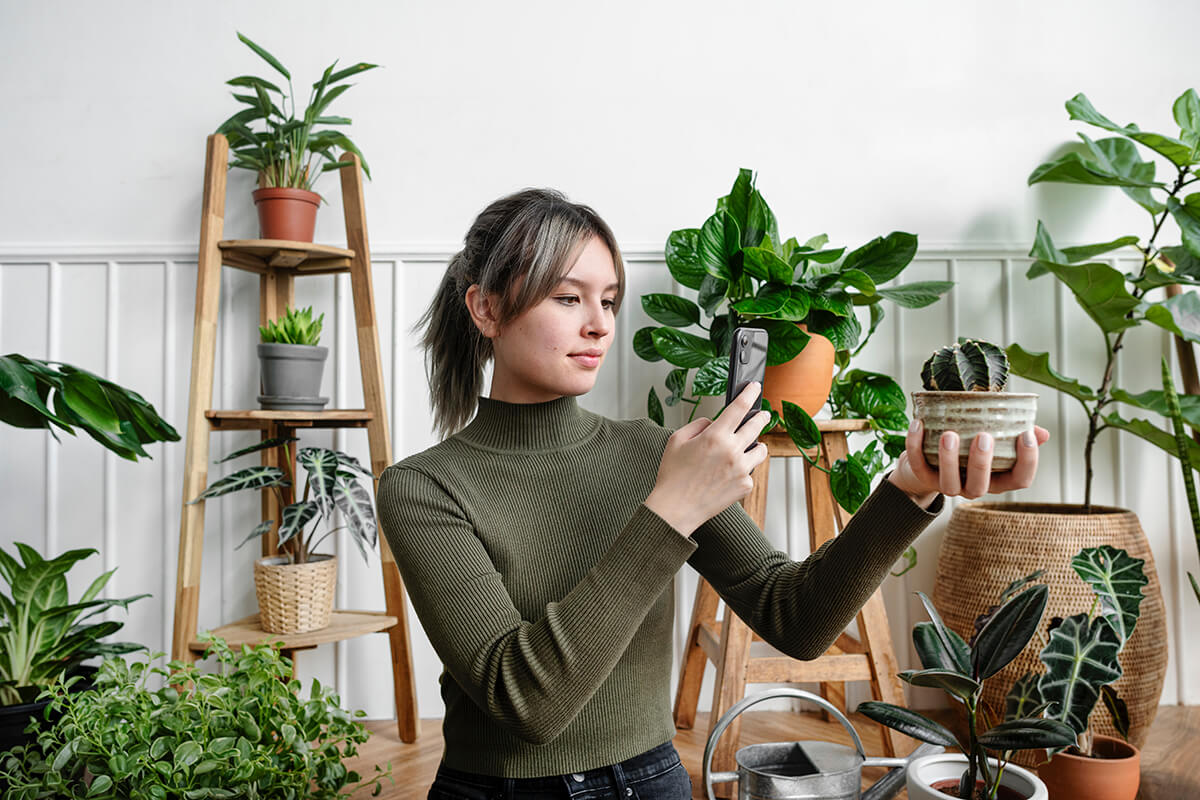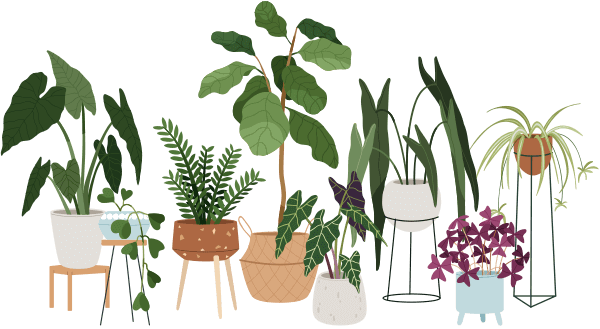Have you ever wondered why some people seem to have jungle-like apartments while others struggle to keep even a single plant alive? The answer might be simpler than you think—sometimes, it’s all about using the right tools. A good pipe for watering plants can make daily care easier, more precise, and way less messy (goodbye, puddles on the floor!). Whether you’re brand new to plant parenting or have a small indoor jungle, learning how to use a pipe for watering plants can truly transform your plant care routine.
Let’s walk through everything you need to know—with no judgment and plenty of encouragement. Everyone starts somewhere, and you’re ready to learn!
What Is a Pipe for Watering Plants and Why Should You Use One?
You’ve probably seen watering cans or spray bottles, but what about a pipe for watering plants? Here’s what you need to know:
- A pipe for watering plants is usually a slim, hollow tube (sometimes called a watering wand or spout extension).
- It attaches to a water source like a bottle, faucet, or even a can, allowing you to direct water right to a plant’s roots.
- Many indoor gardeners prefer it because it’s easier to reach into crowded pots, hanging baskets, or small containers.
Why does this matter? Because directed watering means:
- Less risk of splashing on leaves, which can invite mold.
- Reducing soil disturbance (which keeps roots happy).
- Reaching tricky spots (so everyone gets a drink, even the plant in the back!).
How Can You Choose the Best Pipe for Watering Plants?
Choosing the best pipe for watering plants doesn’t have to be overwhelming. Here are some quick tips (no jargon, we promise):
1. Consider Your Space
- Small space: Look for short, flexible pipes that can maneuver around tight windowsills.
- Multiple pots: A longer wand helps reach all corners without moving pots around.
2. Material Matters
- Plastic pipes are lightweight and affordable.
- Metal options (like stainless steel) last longer and feel sturdy.
3. Attachment and Comfort
- Some pipes attach to regular plastic bottles (great for recycling!).
- Others fit onto watering cans or hoses.
- Choose one with a comfortable grip — your wrists will thank you after a few plants!
What Are the Steps for Using a Pipe for Watering Plants?
If this is your first time, don’t worry. Here’s the simple way to use a pipe for watering plants indoors:
1. Fill your reservoir (bottle, jug, or watering can).
2. Attach the pipe to its connector.
3. Direct the tip of the pipe at the base of your plant, aiming for the soil, not the leaves.
4. Pour or squeeze gently to control the flow, watching for water to emerge at the plant’s root zone.
5. Stop before you see water pooled on the top. Let extra water drain out (if your pot has holes).
Bullet List: Quick Tips
- Clean your pipe occasionally to avoid mold.
- Use lukewarm water—very cold water can shock plant roots.
- Take your time; rushing often leads to spills!
Is It True That Watering from Above Is Just Fine?
Myth Alert: Many believe that you should always water from above, wetting the entire top of the soil and the leaves.
*Truth:* While some plants love humidity on their leaves, too much moisture on leaves (especially if your space is damp) can lead to mold or rot. Using a pipe for watering plants directs the water exactly where roots need it—below the surface.
Can a Pipe for Watering Plants Help if You’re a Little Forgetful?
Absolutely! With a simple pipe for watering plants, it’s easier to water regularly. You’re less likely to underwater (miss pots in the back) or overwater (soak the whole pot). Consistent, direct watering helps plants build strong roots, even if you forget now and then (it happens to all of us!).
Summary: Why Every Urban Gardener Should Try a Pipe for Watering Plants
Using a pipe for watering plants isn’t just for experts. It’s a simple, affordable tool that makes plant care easier, neater, and healthier for your leafy roommates. By focusing water right at the roots, you reduce disease risks, waste less water, and probably spill less on your favorite rug—win-win-win! Give it a try and see how it transforms your apartment garden.


